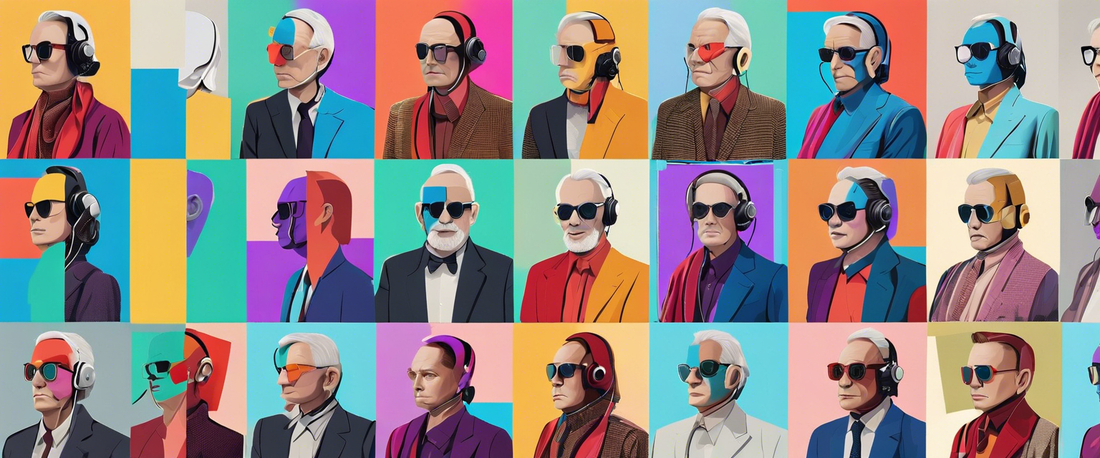
Can AI Image Authentication Solve Misinformation During Elections?
Share
Understanding the Impact of Generative AI on Image Authenticity
As we approach the upcoming US presidential election, the internet is inundated with images of key political figures like Donald Trump and Kamala Harris. These images range from the catastrophic—alleged assassination attempts—to everyday scenes from rally crowds. However, the rise of generative AI tools complicates the landscape, making it increasingly difficult to ascertain the truth behind these visuals.
The Fight Against Misinformation: C2PA Authentication
Major digital media players are grappling with the authenticity crisis by advocating for enhanced metadata systems that can help identify manipulated content. One of the leading technologies in this domain is the Coalition for Content Provenance and Authenticity (C2PA). Supported by tech giants like Microsoft, Adobe, and Google, C2PA aims to provide crucial information about images, including their origin and any alterations made.
Why Image Provenance Matters
Andy Parsons, a member of the C2PA steering committee, describes these provenance technologies as "nutrition labels for digital content." They enable media to convey trustworthy information, dispelling doubts, especially during turbulent times like election cycles.
Navigating the Challenges of Interoperability
Despite the potential benefits of C2PA, significant challenges remain, primarily concerning interoperability. Moving towards a standardized authentication practice that extensively covers photography, image editing, and content hosting is essential. Several steps outline this progression:
- Industry Adoption: The C2PA standard has to be formally accepted by various stakeholders across the media landscape.
- Embedding Credentials: Camera manufacturers and editing software need to embed credentials directly into images, enabling traceability.
- Platform Implementation: Social media platforms should actively scan for these credentials and provide viewers with accessible verification tools.
The Role of Cameras and Editing Software
While certain brands like Sony and Leica have begun integrating C2PA standards into their hardware, mainstream smartphone manufacturers like Apple and Google have yet to follow suit. Editing software like Adobe Photoshop enables content creators to embed details about alterations, but not all programs are on board yet, which hinders a unified approach.
Online Platforms Need to Step Up
Currently, the visual integrity ensured by C2PA-compliant devices may not reach the viewer effectively. Platforms like X (formerly known as Twitter) do not openly display important metadata, leading to uncertainty about image authenticity. Even respected news outlets often fail to make verification credentials clear, which can mislead audiences.
The Importance of Visual Indicators
Successful implementation of this initiative will require not only broader adoption of these standards but also clarity in how information is presented to users. Companies like Truepic emphasize the necessity of creating more informative visual indicators for digital content.
Confronting Denialism: The Ongoing Battle
Even with a robust system in place, the challenge of denialism looms large. Documented evidence will not convince those committed to existing beliefs, as demonstrated by the unfounded claims surrounding political events. Therefore, a cryptographic labeling system, while not infallible, is viewed as the most promising avenue for managing image authenticity concerns.
The Road Ahead
Establishing a unified standard like the C2PA could significantly mitigate the risks posed by misinformation. However, even with advancements in technology, some bad actors may still attempt deception, highlighting the ongoing need for vigilance and education among users.
Conclusion
There's no perfect solution to the authenticity crisis brought about by generative AI and manipulated imagery. However, the development and implementation of robust metadata systems like C2PA represent essential steps towards fostering trust and accuracy in visual media.
